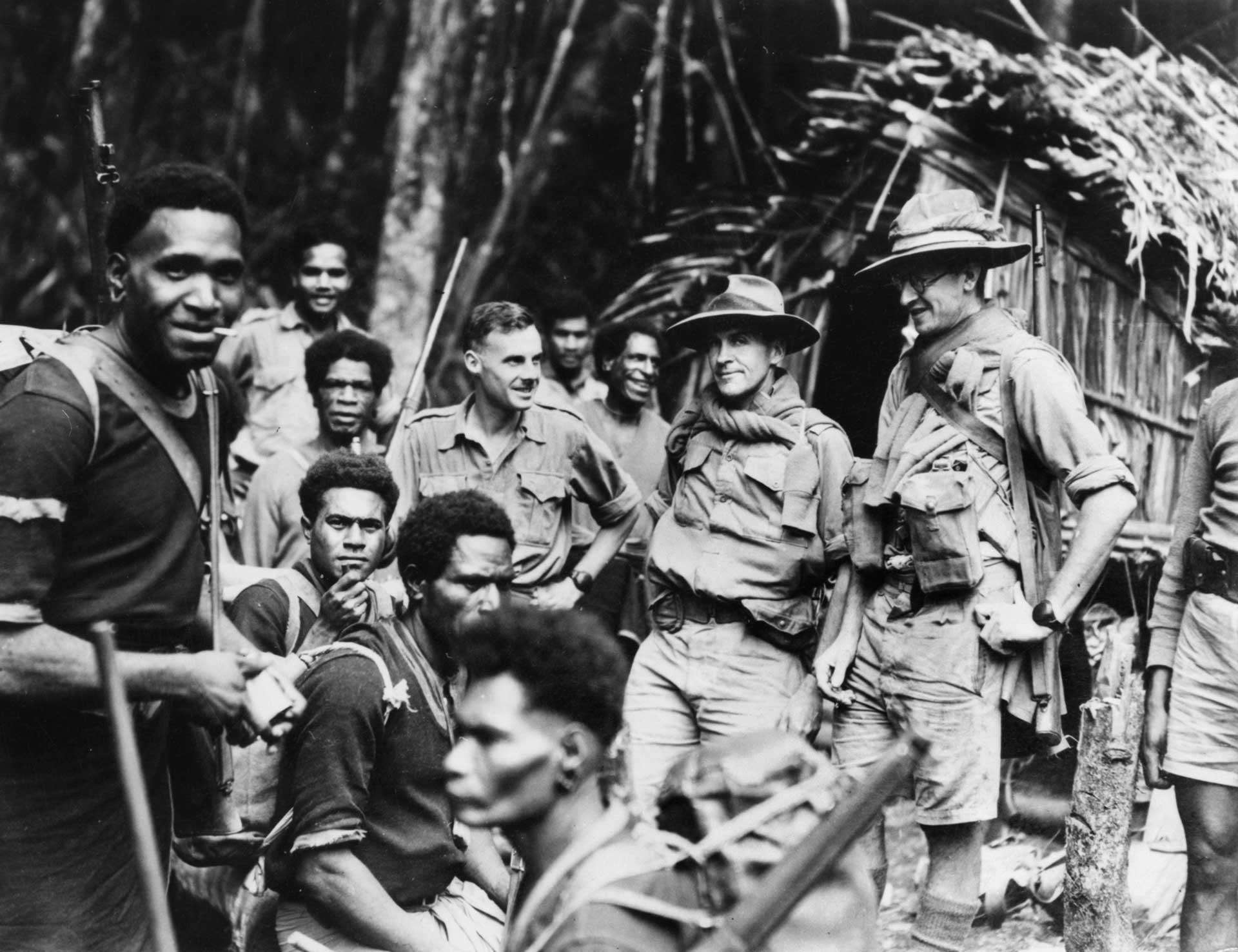PNG Remembrance Trail
To honour and remember those who served and died during the Second World War in the Papua and New Guinea campaigns, the Department of Veterans’ Affairs has developed a virtual remembrance trail:
The website is yet another tool for Australians to learn about and engage with veterans' stories of service and sacrifice. It tells the story of the Australian experience of the Second World War in Papua and New Guinea, including the Kokoda Track campaign, using a 'trail-like' approach of step-by-step discovery.
In an attempt to further enlarge its empire, after a series of conquests in North and Southeast Asia and the Pacific, Japan’s armed forces attacked the Australian mandated territories of Papua and New Guinea and drew Australia into a series of gruelling campaigns. On 23 January 1942, Japanese forces began their conquest of Papua and New Guinea with the invasion of Rabaul on the island of New Britain.
The Japanese planned to seize Port Moresby as a base from which to launch aerial attacks on northern Australia and as a means of severing communications between Australia and the United States. Defeat in the Battle of the Coral Sea in May 1942 ended Japanese plans for a seaborne invasion of Port Moresby and led to an overland attempt via the Kokoda Track across the Owen Stanley Ranges. Between July and September 1942, the Japanese fought Australians along the length of the Kokoda Track, until the Japanese were forced to retreat, having almost come within sight of Port Moresby.
Fighting in Papua also included the Battle of Milne Bay, during which Australian and United States forces repelled a Japanese amphibious operation launched to capture the area’s airfields. The Papuan campaign ended with a Japanese defeat in the Battle of the Beachheads at Buna, Gona and Sanananda on Papua’s east coast.
The New Guinea offensives of 1943–44 were the single largest series of connected operations Australia has ever mounted. They involved tens of thousands of troops, both in combatant units and in the massive logistic infrastructure that jungle warfare demanded.
The strategy for the New Guinea offensive had been tested a year before. In the wake of the Papuan campaign Australian and American troops opened a campaign in New Guinea in the hinterland around Wau and Salamaua. The aim of these operations was not to secure hundreds of square kilometres of rugged jungle, but instead to draw Japanese forces away from their major base at Lae. Six months later, when the Allied troops began the offensive, the “Salamaua magnet” had weakened the Japanese defence of Lae so that the base fell swiftly and relatively easily.
Meanwhile, the Wau–Salamaua campaign involved Australian Militia, Australian Imperial Force (AIF) and United States troops, supported by hundreds of indigenous carriers, fighting a “battle for the ridges” in the rugged hinterland at places such as Bobdubi Ridge and Mount Tambu.
The campaign opened in September 1943 with two converging advances on Lae. While the 9th Australian Division landed on the coast east of Lae, the 7th Australian Division (supported by American paratroops) advanced overland from the west. Then, with Lae taken, the 9th began to clear the Huon Peninsula while the 7th advanced up the Markham–Ramu Valley. Each involved hard fighting in difficult country. Later, Militia brigades joined the advance, pursuing the beaten Japanese fleeing westward.
Over the following two years fighting continued on the island of New Guinea with Australian troops still in action in the Wewak area. The war ended in August 1945 with Japan’s surrender.
The steps of the remembrance trail follow the course of the war. They integrate written, audio-visual, and geographical content to create a multi-layered exploration. There are additional background sections on wartime themes and guidance for teachers on how to use the tools in conjunction with the Australian Curriculum.

New Guinean carriers meet Australian Officers at a rest spot on the Kokoda Track, August 1942 (AWM 150655, Photographer Damien Parer)
